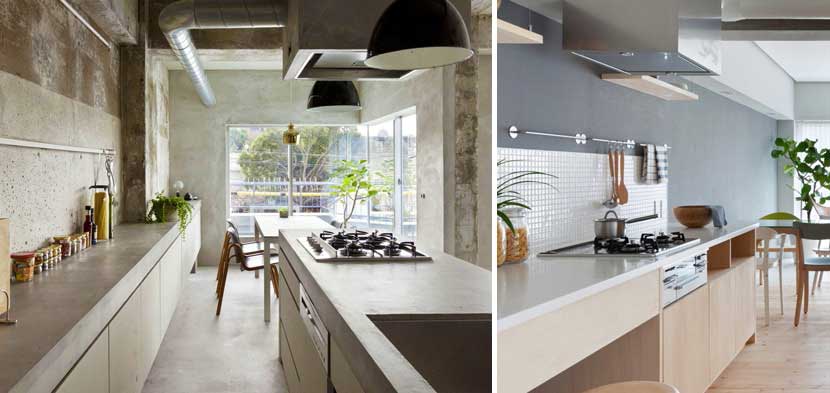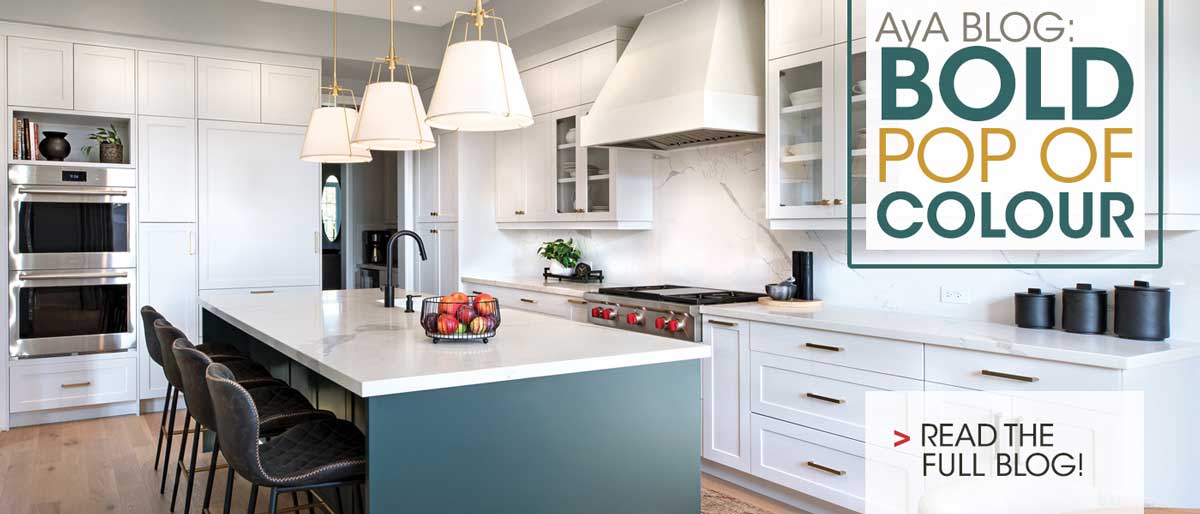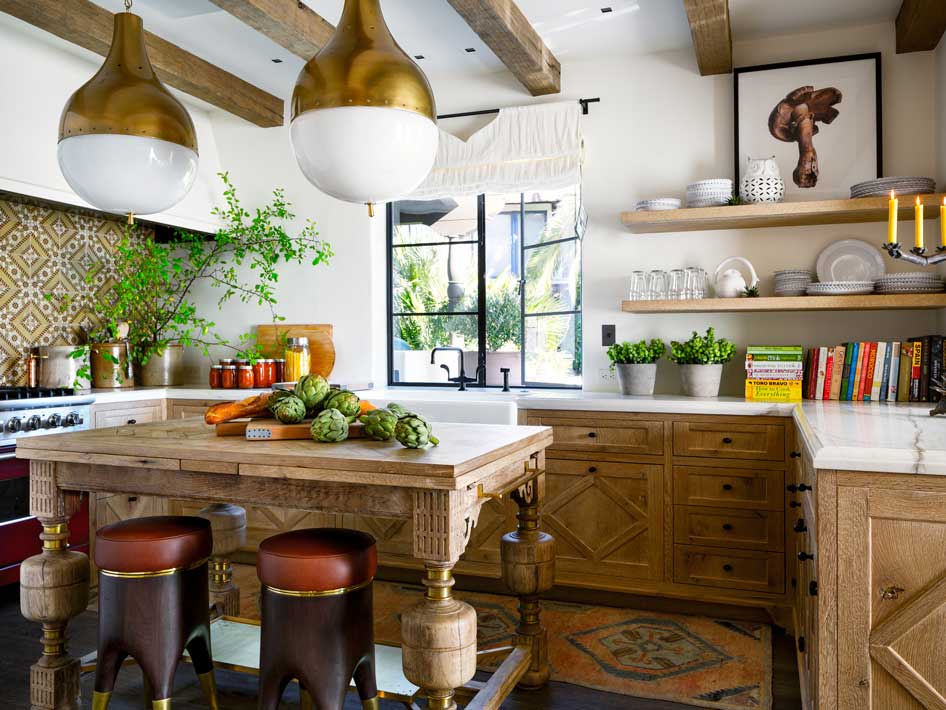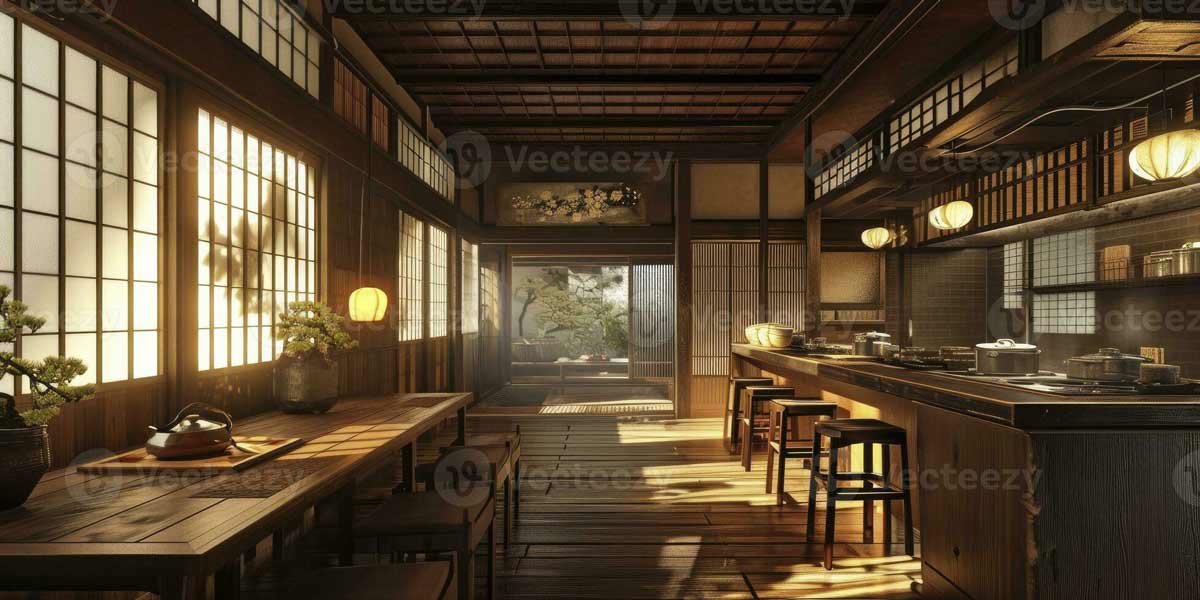Introduction: Why Kitchen Lighting Matters in 2025
Lighting is the unsung hero of kitchen design. It shapes the atmosphere, improves safety, and enhances functionality. In 2025, kitchen lighting has evolved beyond simple fixtures to a complex, yet intuitive system that integrates style, technology, and sustainability.
1. Types of Kitchen Lighting
Understanding the three main types of kitchen lighting is essential to design a layered, effective system:
| Lighting Type | Purpose | Common Fixtures |
|---|---|---|
| Ambient Lighting | Overall illumination | Ceiling-mounted lights, recessed lights |
| Task Lighting | Focused light for cooking tasks | Under-cabinet lights, pendant lights |
| Accent Lighting | Highlights architectural features | Track lights, LED strips, spotlights |
2. Kitchen Lighting Trends for 2025
-
Smart lighting systems: Voice control, app integration, and automated scenes.
-
Energy-efficient LEDs: Longer lifespan, lower power consumption, tunable white light.
-
Layered lighting design: Combining ambient, task, and accent lights for depth.
-
Minimalist fixtures: Sleek, recessed, or integrated lighting to maintain clean lines.
-
Warm and natural tones: Lighting that mimics natural daylight for a cozy feel.
-
Sustainable materials: Eco-friendly lighting fixtures and bulbs.

Kitchen Lighting Trends and Solutions in 2025”
3. Choosing the Right Fixtures for Each Kitchen Zone
| Kitchen Zone | Recommended Lighting | Notes |
|---|---|---|
| Cooking Area | Bright task lighting | Under-cabinet LED strips or pendants |
| Eating Area | Warm ambient lighting | Pendant lamps or dimmable overheads |
| Prep Area | Focused, shadow-free lighting | Adjustable recessed or track lights |
| Sink & Cleanup | Waterproof, bright lighting | Waterproof LED fixtures |
4. Energy Efficiency & Cost Comparison Table
| Lighting Type | Energy Use (Watts) | Average Lifespan (Hours) | Cost (per fixture) | Maintenance Cost |
|---|---|---|---|---|
| Incandescent Bulbs | 60 | 1,000 | $2 | High |
| CFL Bulbs | 14 | 8,000 | $4 | Medium |
| LED Bulbs | 10 | 25,000 | $8 | Low |
| Smart LED Fixtures | 12 | 30,000 | $50+ | Low |
Smart Controls, Installation Strategies & Practical Planning
5. Smart Lighting Controls: Automate Your Kitchen Brilliance
2025 is the year of smart homes—and kitchen lighting is no exception. Smart lighting offers energy efficiency, convenience, and full control over your environment.
| Feature | Benefit | Example Products |
|---|---|---|
| Voice-activated control | Hands-free operation via Alexa, Siri, or Google | Philips Hue, LIFX, Govee |
| Scheduling & automation | Lights follow your cooking or eating routines | Smart plugs, timers |
| Color temperature tuning | Adjust brightness/warmth based on time of day | Nanoleaf Essentials |
| Motion sensors | Light triggers on movement – perfect for night access | GE Smart Motion Sensors |
Tip: Combine smart switches with dimmable LEDs for a custom ambiance at any hour.

Kitchen Lighting Trends and Solutions in 2025”
6. Installation Checklist with Priority Table
Here’s a prioritized installation checklist for a successful kitchen lighting setup:
| Task | Priority Level | Notes |
|---|---|---|
| Evaluate existing wiring | High | Essential before installing any new lights |
| Create lighting zones (ambient, task, accent) | High | Plan each zone’s purpose and fixtures |
| Choose bulb type (LED, Smart, etc.) | Medium | Balance energy efficiency and aesthetics |
| Install dimmers and smart switches | Medium | Adds flexibility and control |
| Test lighting from different angles | High | Avoid shadows and hot spots |
| Program schedules or automation routines | Low | Optional but useful for smart systems |
7. Pros and Cons Table: LED vs. Halogen vs. Fluorescent Lighting
| Type | Pros | Cons |
|---|---|---|
| LED | Long lifespan, energy efficient, tunable | Higher upfront cost |
| Halogen | Brighter, better color rendering | Hot surface, short lifespan, energy hog |
| Fluorescent | Budget-friendly, decent lifespan | Flickering, mercury content, poor color range |
8. Do’s and Don’ts of Kitchen Lighting
| Do’s | Don’ts |
|---|---|
| Use layered lighting for depth and flexibility | Rely on a single overhead fixture |
| Install under-cabinet lighting for better prep view | Forget dimmers or adjustable controls |
| Choose fixtures proportionate to your kitchen size | Ignore lighting color temperature (cool vs warm tones) |
| Incorporate energy-efficient bulbs | Overlook the placement of light switches and outlets |
9. Kitchen Lighting Schedule Table
| Phase | Week | Task Description |
|---|---|---|
| Planning & budgeting | 1 | Determine budget, fixtures, and control systems |
| Purchase & wiring prep | 2 | Order lights and prep electrical infrastructure |
| Installation & programming | 3 | Install lighting zones, test, and set smart features |
| Final adjustments | 4 | Adjust angles, replace bulbs, finalize dimming |
10. Side-by-Side Feature Matrix: Top 3 Smart Kitchen Lighting Systems
| Feature | Philips Hue | Govee Smart LED | LIFX Smart Panels |
|---|---|---|---|
| App & voice control | ✔️ | ✔️ | ✔️ |
| Scene scheduling | ✔️ | ✔️ | ✔️ |
| Color temperature range | 2000K–6500K | 2200K–6500K | 1500K–9000K |
| Price (per setup) | $$ | $ | $$$ |
| Ease of installation | Moderate | Easy | Advanced |

Modern Kitchen Tools 2025
11. Kitchen Lighting Cost Breakdown (Before/After Cost Savings Table)
Investing in modern kitchen lighting can seem expensive upfront, but it pays off long-term in energy savings and increased property value.
| Lighting Type | Avg. Initial Cost (Before) | Avg. Annual Energy Cost | LED Upgrade Cost (After) | Projected Annual Savings |
|---|---|---|---|---|
| Traditional Halogen | $450 | $180 | $650 (full LED setup) | $80–$120 |
| Fluorescent Fixtures | $350 | $130 | $600 | $60–$90 |
| Basic LED Setup | $600 | $60 | N/A | Already optimized |
| Smart LED Setup | $900 | $40 | N/A | Highest ROI |
Pro Tip: Consider rebates and energy efficiency incentives in your state to cut costs further.
12. Maintenance Checklist for Kitchen Lighting Tasks
| Task | Frequency | Notes |
|---|---|---|
| Clean fixture covers and diffusers | Monthly | Dust and grease buildup reduces brightness |
| Replace outdated bulbs | As needed | Always use compatible wattage/type |
| Check smart connectivity | Quarterly | Re-sync with apps or assistants if needed |
| Inspect for flickers or dimming | Biannually | May indicate wiring or driver issues |
| Update lighting scenes/schedules | Seasonally | Adapt lighting to daylight hours and lifestyle changes |
13. Common Kitchen Lighting Problems and Solutions Table
| Problem | Cause | Solution |
|---|---|---|
| Flickering lights | Loose bulbs, faulty driver, or power surge | Re-tighten bulbs, replace driver, check voltage |
| Inconsistent brightness | Different bulb types or wattages | Standardize all bulbs across fixtures |
| Overheating light fixtures | Incorrect bulb wattage | Use recommended wattage only |
| Motion sensor not responding | Dirty sensor or signal obstruction | Clean sensor lens, remove obstructions |
| Smart lights disconnecting from app | Wi-Fi issues or outdated firmware | Reboot router, update firmware |
14. FAQ Table: Kitchen Lighting in 2025
| Question | Answer |
|---|---|
| What’s the best lighting for cooking tasks? | Bright, cool-toned under-cabinet LEDs are ideal for meal prep. |
| Can I install smart lighting without rewiring? | Yes, many systems work via plug-ins or smart bulbs controlled by apps. |
| How can I reduce my energy bill with lighting? | Switch to ENERGY STAR-rated LEDs and automate your usage. |
| Are pendant lights still in style? | Yes, especially minimalist or industrial styles with dimming options. |
| How do I choose the right color temperature? | Use 3000–4000K for a warm but focused look; 5000K for cool precision. |
15. Myth vs. Fact Table: Kitchen Lighting Edition
| Myth | Fact |
|---|---|
| Brighter always means better lighting | Too much brightness can cause glare and discomfort. |
| LEDs are too expensive to install | They’re more affordable now and save money over time. |
| One overhead light is enough for any kitchen | Layered lighting improves visibility, safety, and ambiance. |
| Smart lighting is complicated to use | Most systems are user-friendly with app presets and voice controls. |

Mastering Kitchen Design: Space, Style, and Smart Appliances for Your Home
16. Final Tips & Takeaways
Why: A well-lit kitchen isn’t just about aesthetics—it improves safety, cooking accuracy, mood, and energy efficiency.
Factors of Effective Lighting: Zone planning, layering, bulb selection, smart integration, and regular maintenance.
Reasons to Upgrade in 2025: LED cost reduction, availability of intelligent controls, and rising energy costs.
How to Design a Lighting Plan: Identify your kitchen zones, choose fixture types per zone, ensure consistent color temperature.
What to Avoid: Over-lighting, ignoring natural light sources, mismatched tones, and poorly placed task lighting.
Guide Summary:
-
Use ambient, task, and accent lighting together.
-
Automate where possible for ease and savings.
-
Maintain fixtures for consistent performance.
17. Watch & Learn: Kitchen Lighting Design Video
🎥


